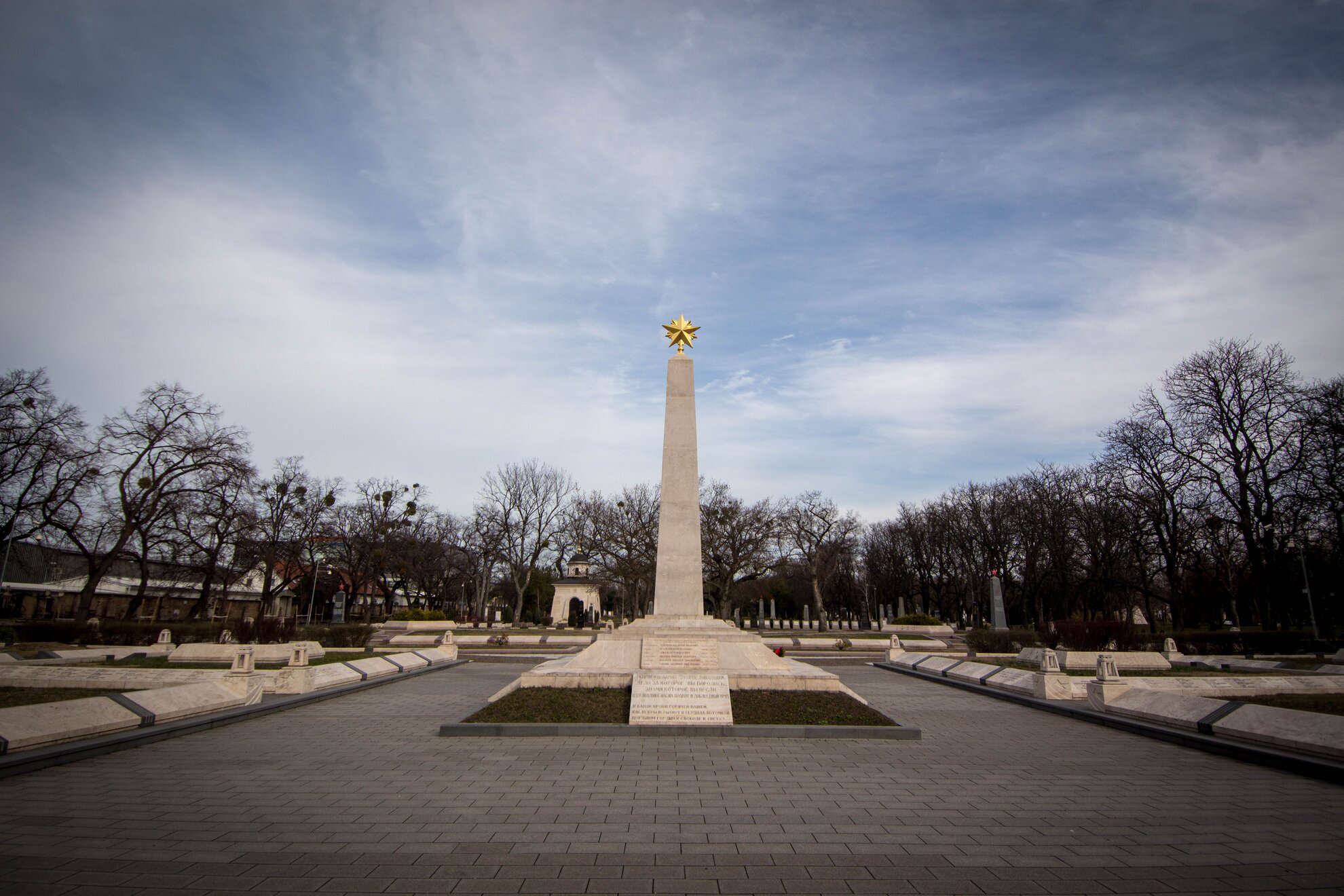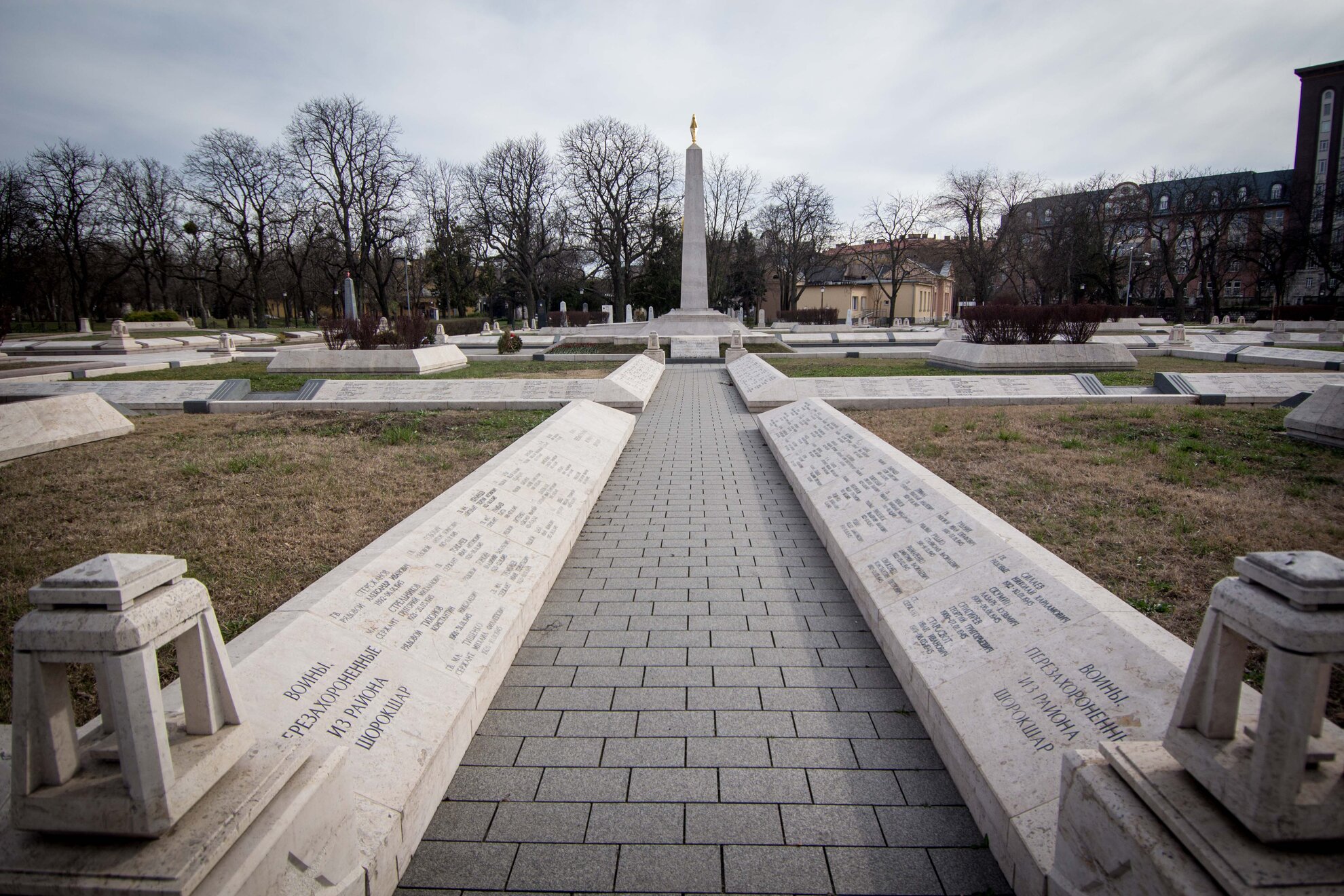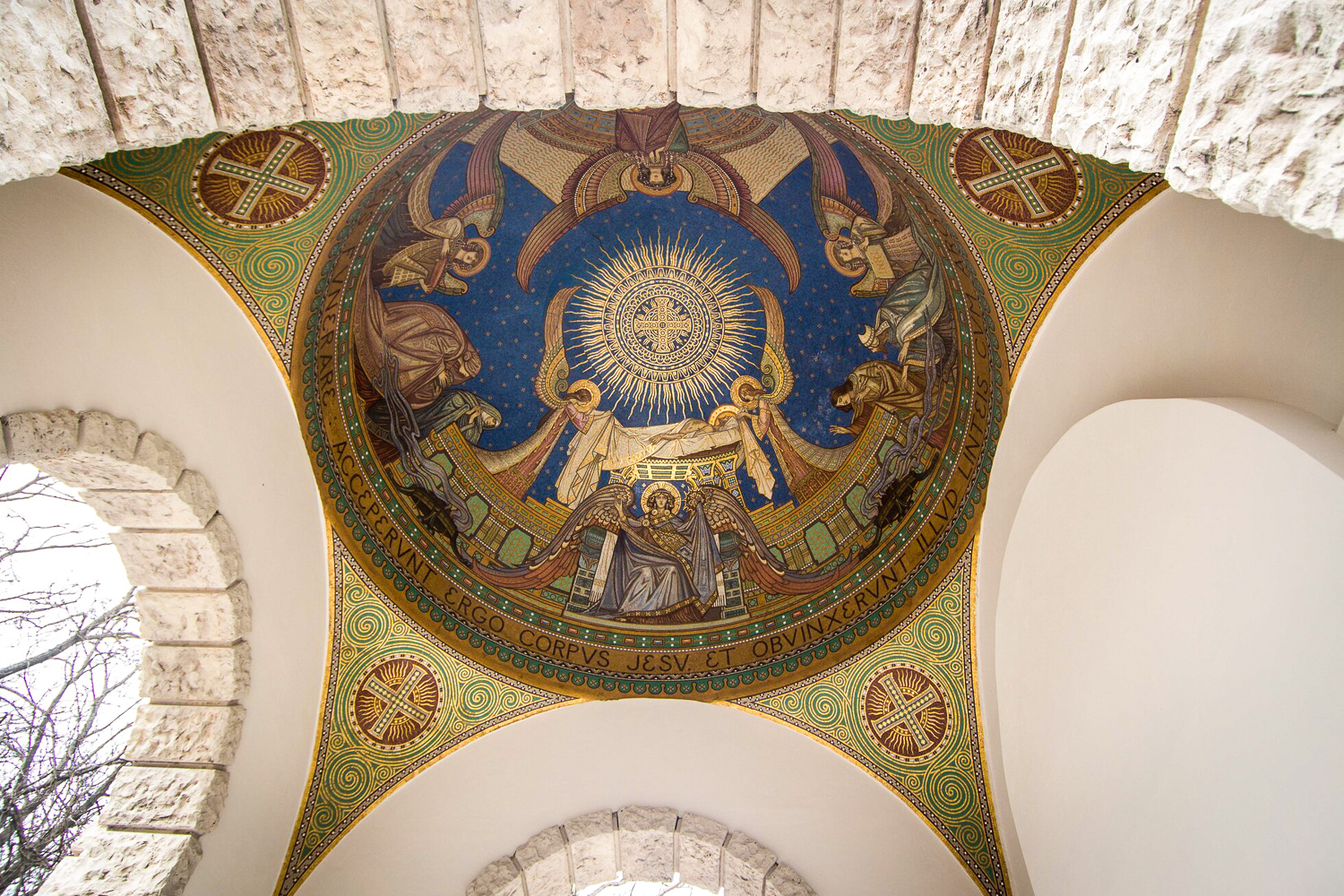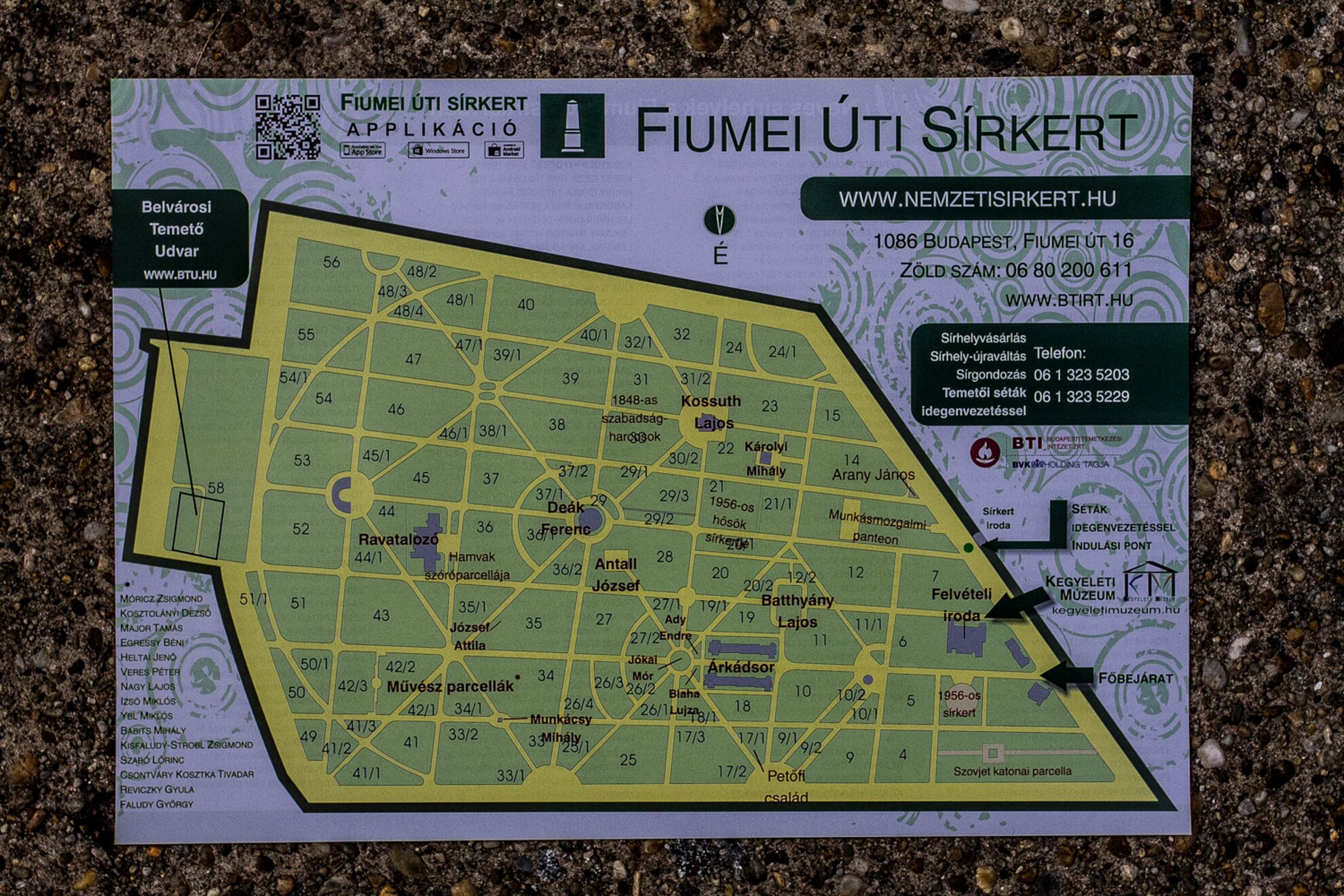
Maps of the cemetery are available at the entrance in multiple languages, with brief explainers of the famous residents. Group walking tours can also be arranged, although they must be requested in advance. Check the website here.
A new, free English-friendly app has also been released recently, which features pictures and descriptions for each plot, as well as a map feature and navigation tool which shows precisely how many metres away you are from any point in the cemetery.
The cemetery (VIII. Fiumei út 16-18) is currently open daily, 7am-8pm (hours change slightly Aug-Apr). It's located between Keleti pályaudvar (M2/M4) and II. János Pál pápa tér (M4) metro stations, and on tram lines 24, 28 and 37.
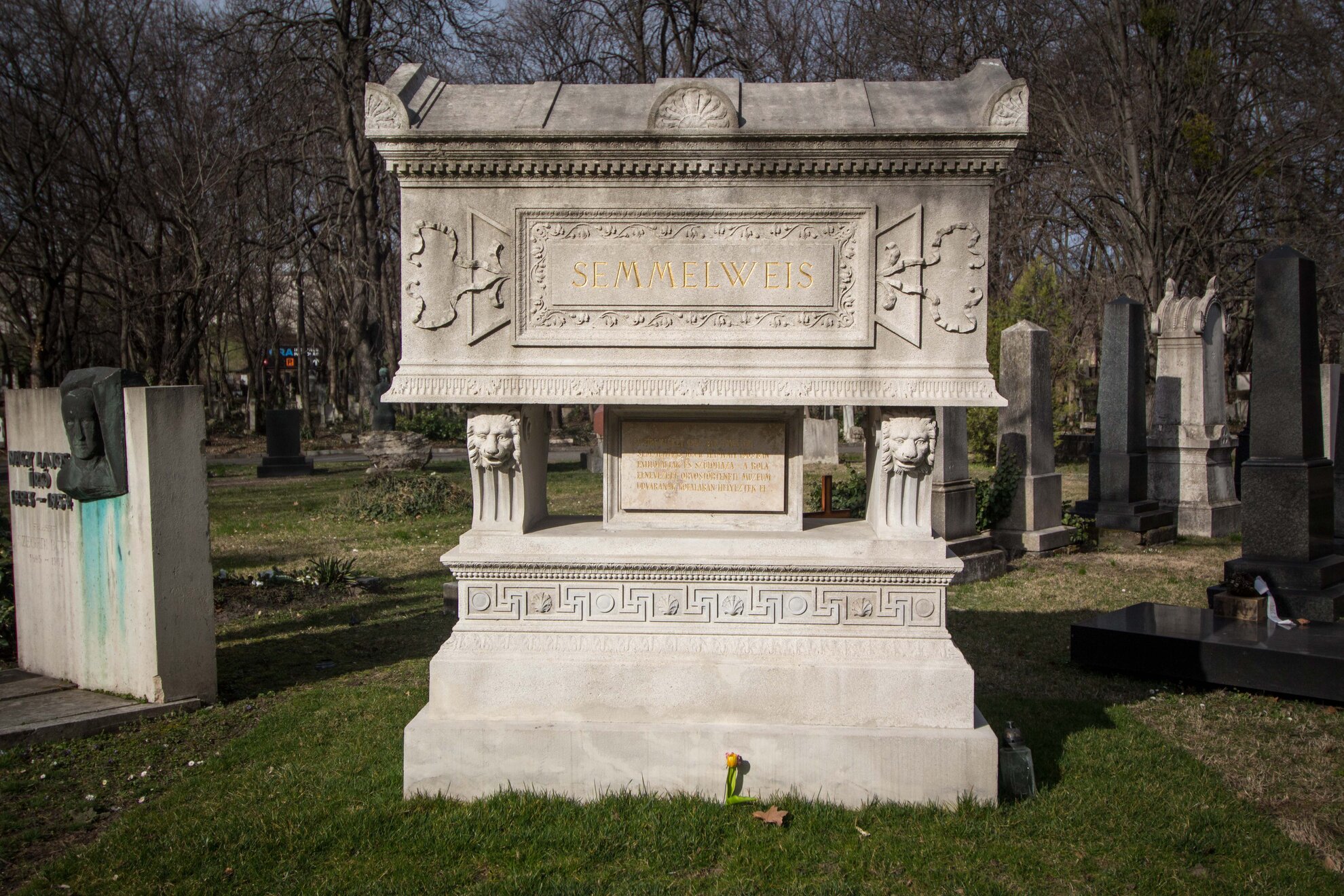
Lajos Kossuth Mausoleum
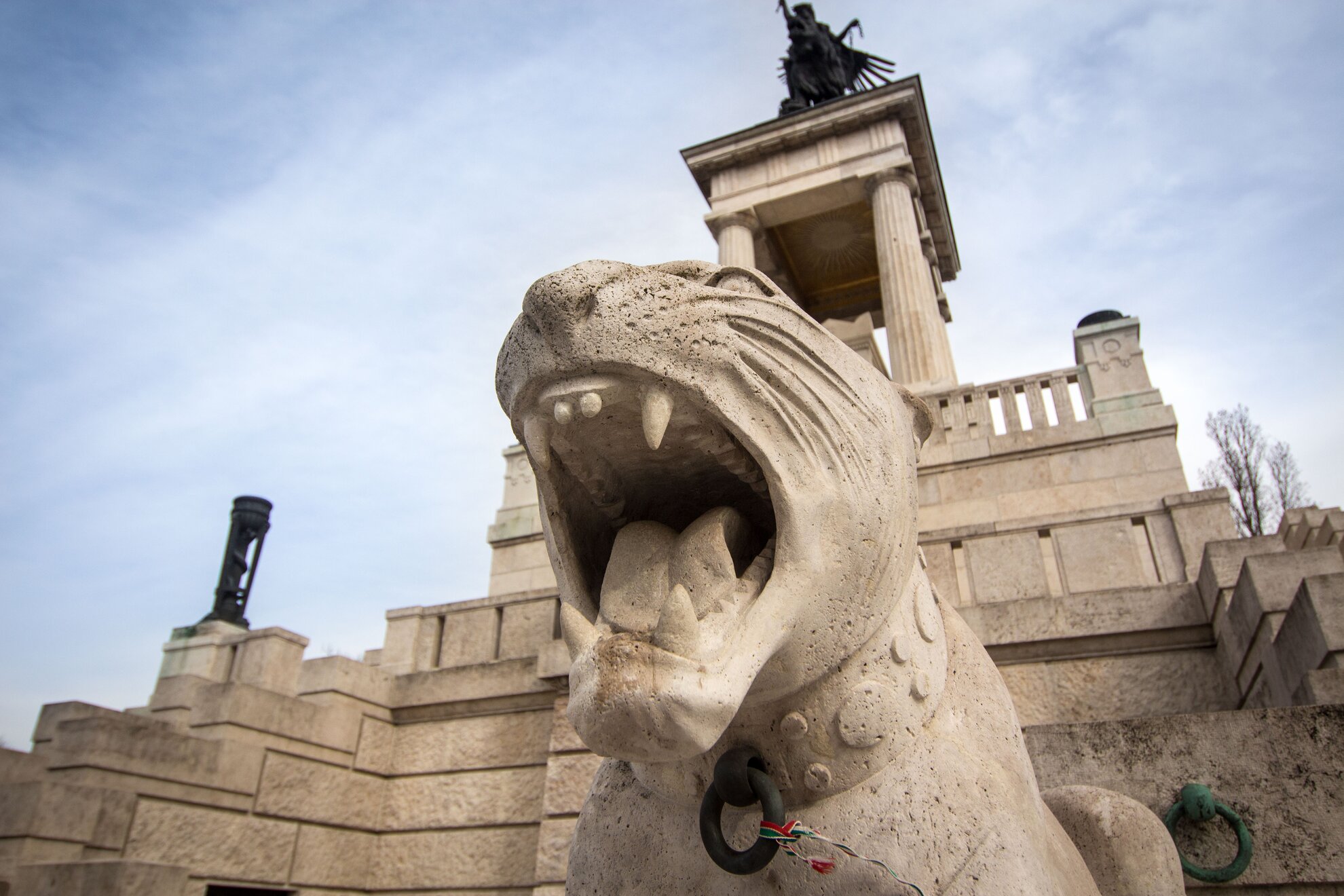
Located in the lower left-hand quandrant the cemetery, the Lajos Kossuth Mausoleum can be spotted from a distance, as it dominates the grassy area which surrounds it. Two large cats snarl at the foot of the monument, and a figure on top raises a torch, a lion at his side.

This is the imposing final resting place of the 19th-century Hungarian nobleman who fought for political reform. He died abroad, but his ashes were returned to Budapest and interred here.
Arcade
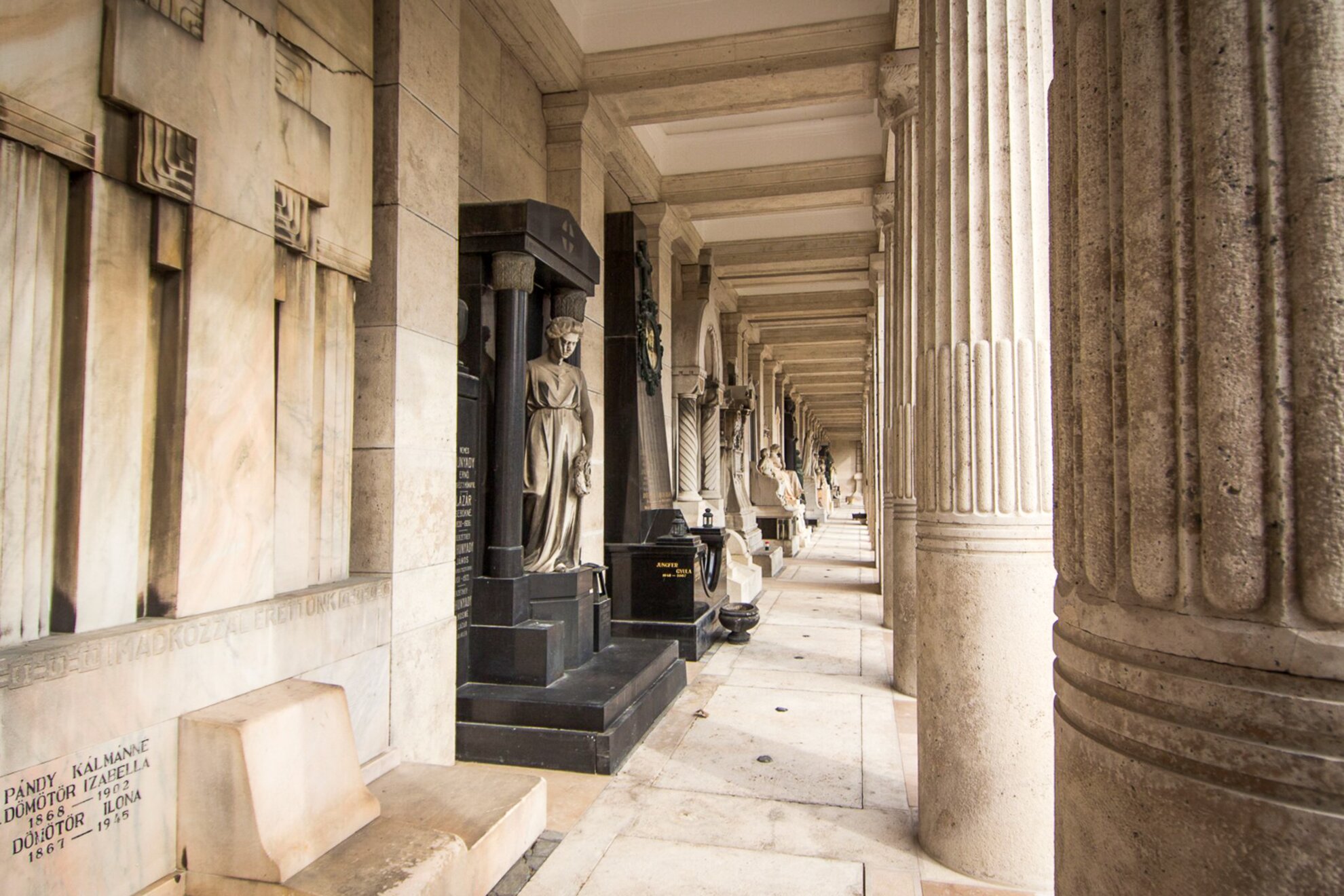
The Arcade can be found in the upper left-hand quadrant of the cemetery, and was built in the early 1900s to provide appropriate burial grounds for some of Budapest's wealthiest families. The entire gallery has recently been restored. In one spot, tree saplings had begun growing out of crevasses in the ornate mosaics, requiring hours of painstaking work to prevent further damage and bring back its original splendour.
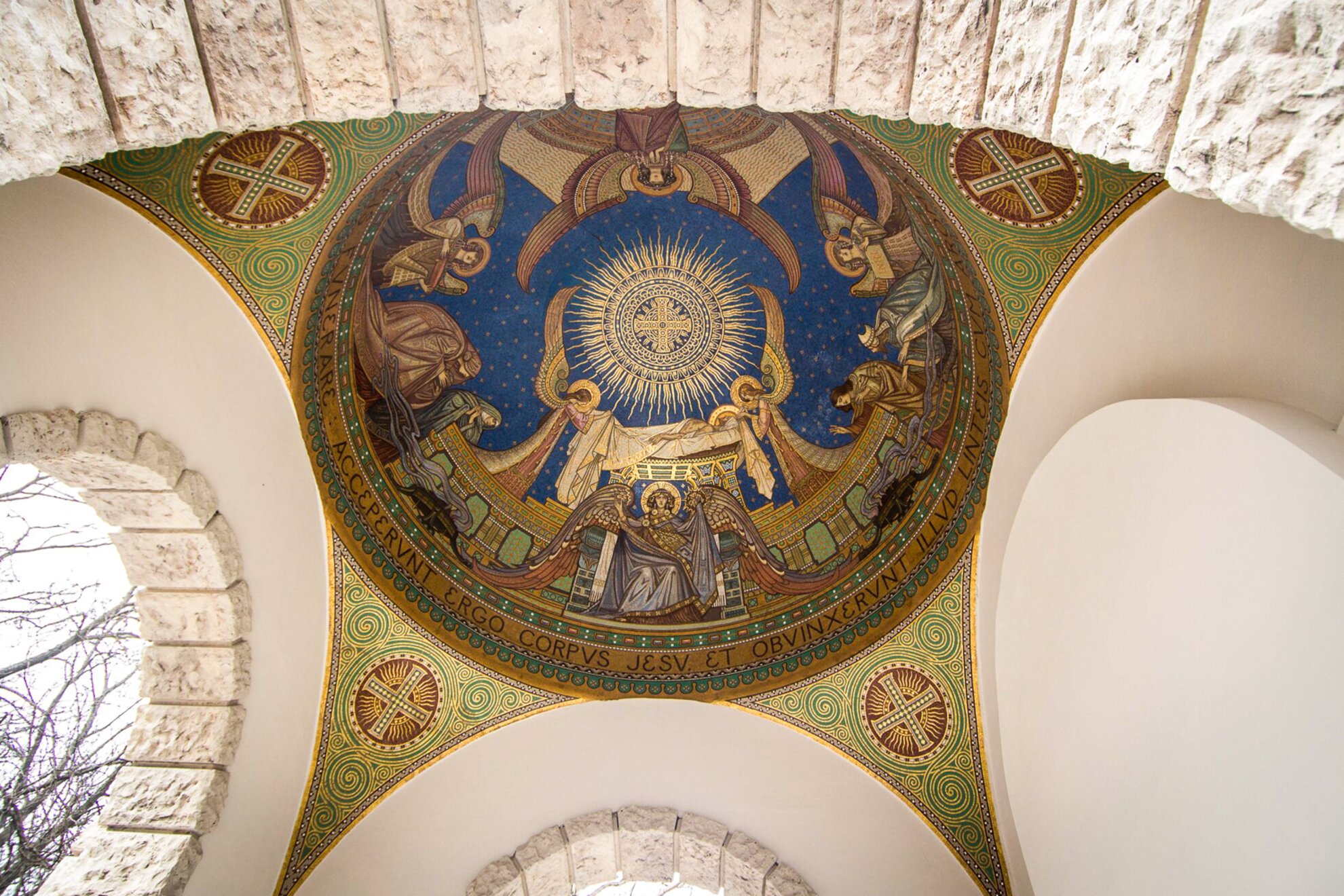
Some of Budapest’s most prestigious families are buried beneath the symmetrical arcade, which measures 90 metres long and features imposing statues below graceful domed ceilings.
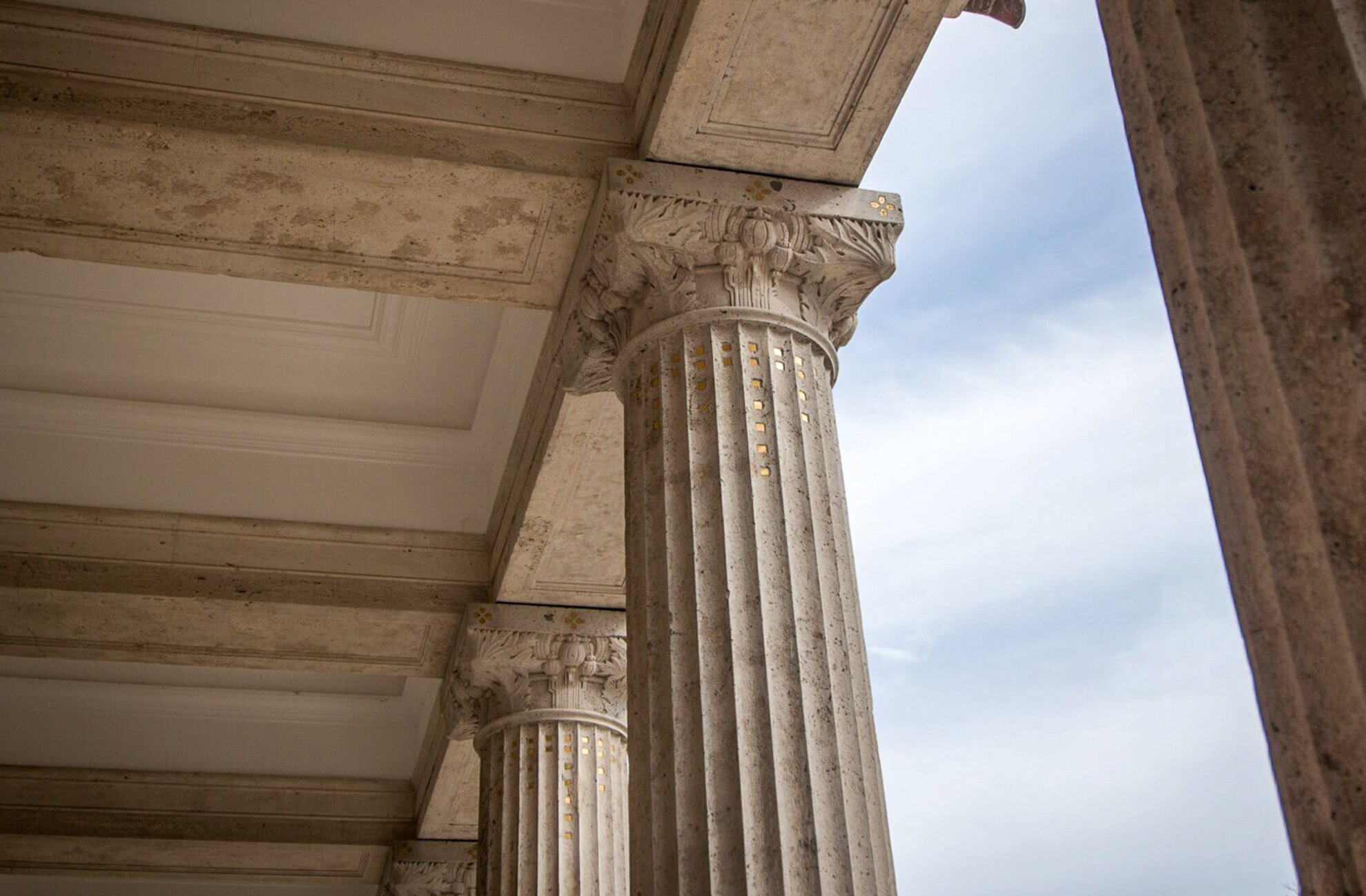
The Workers’ Pantheon
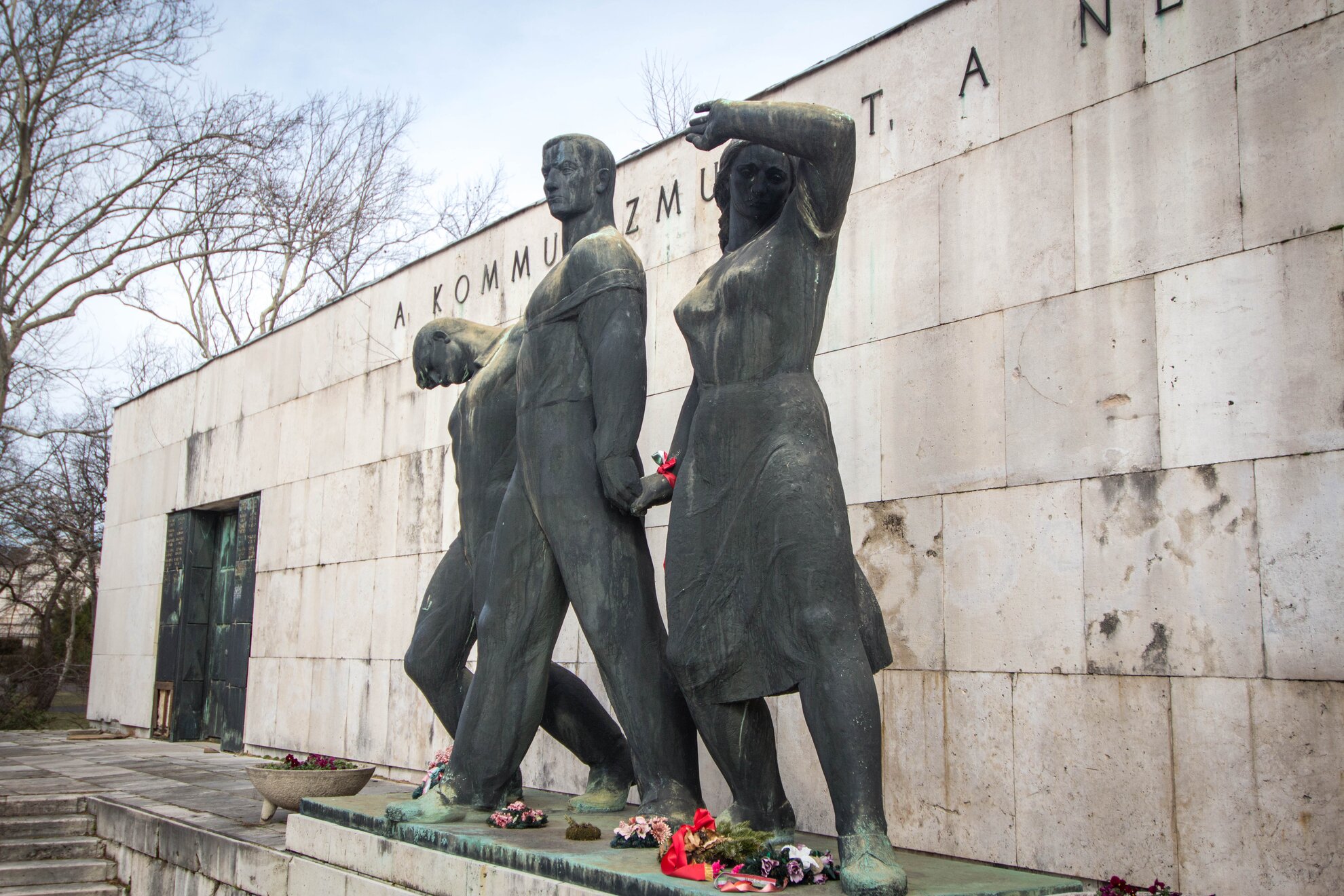
Erected during post-1956 Communist rule, the pantheon was designed to contain the urns of 365 outstanding Socialist figures. After the overthrow of Communism, the monument was planned to be demolished, but was eventually spared.

József Antall

This striking mausoleum can easily be mistaken for a statue, as the steps leading up to the grave are overpowered by the cloaked figures on horseback, frozen in action as they rear off the four corners of the monument.
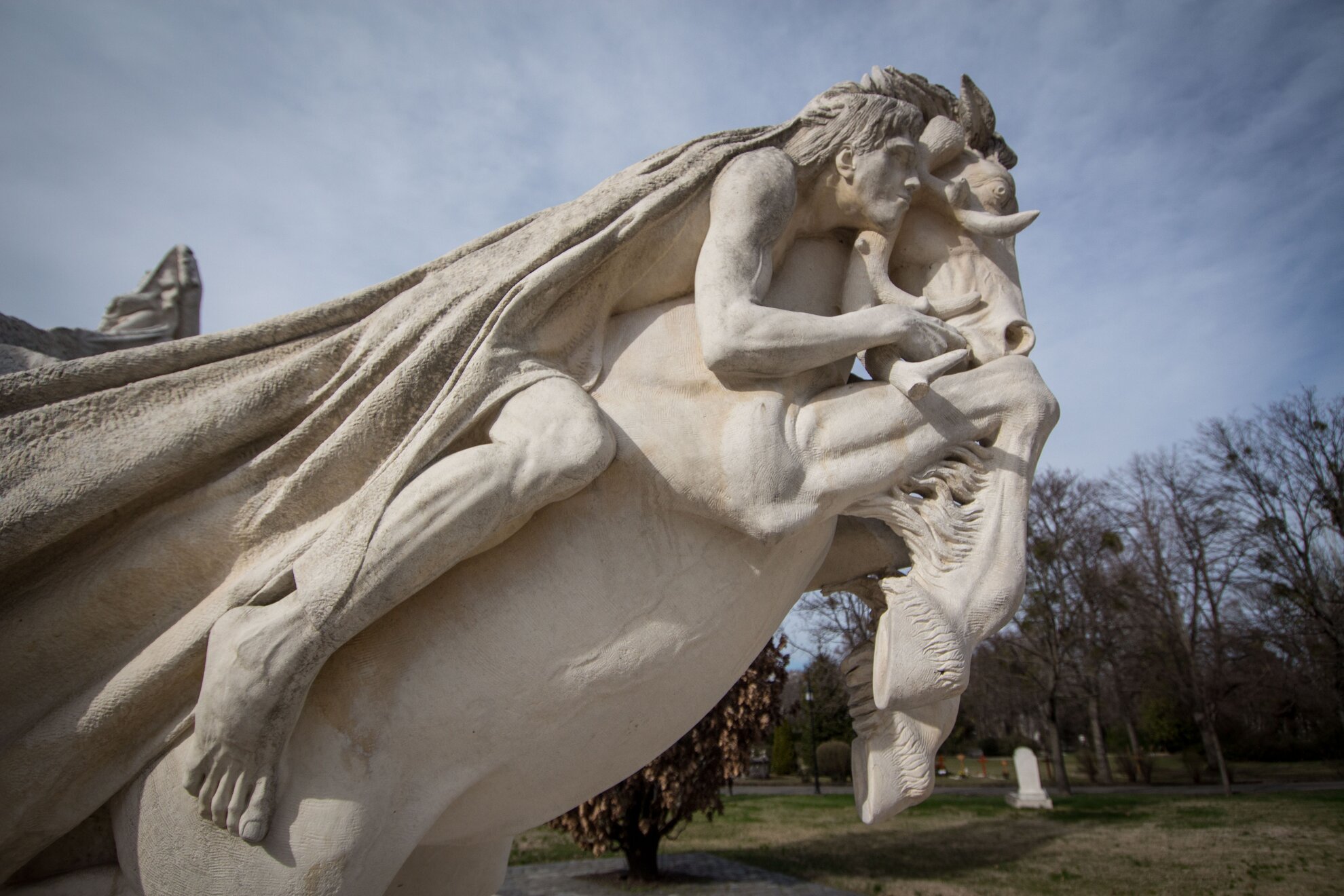
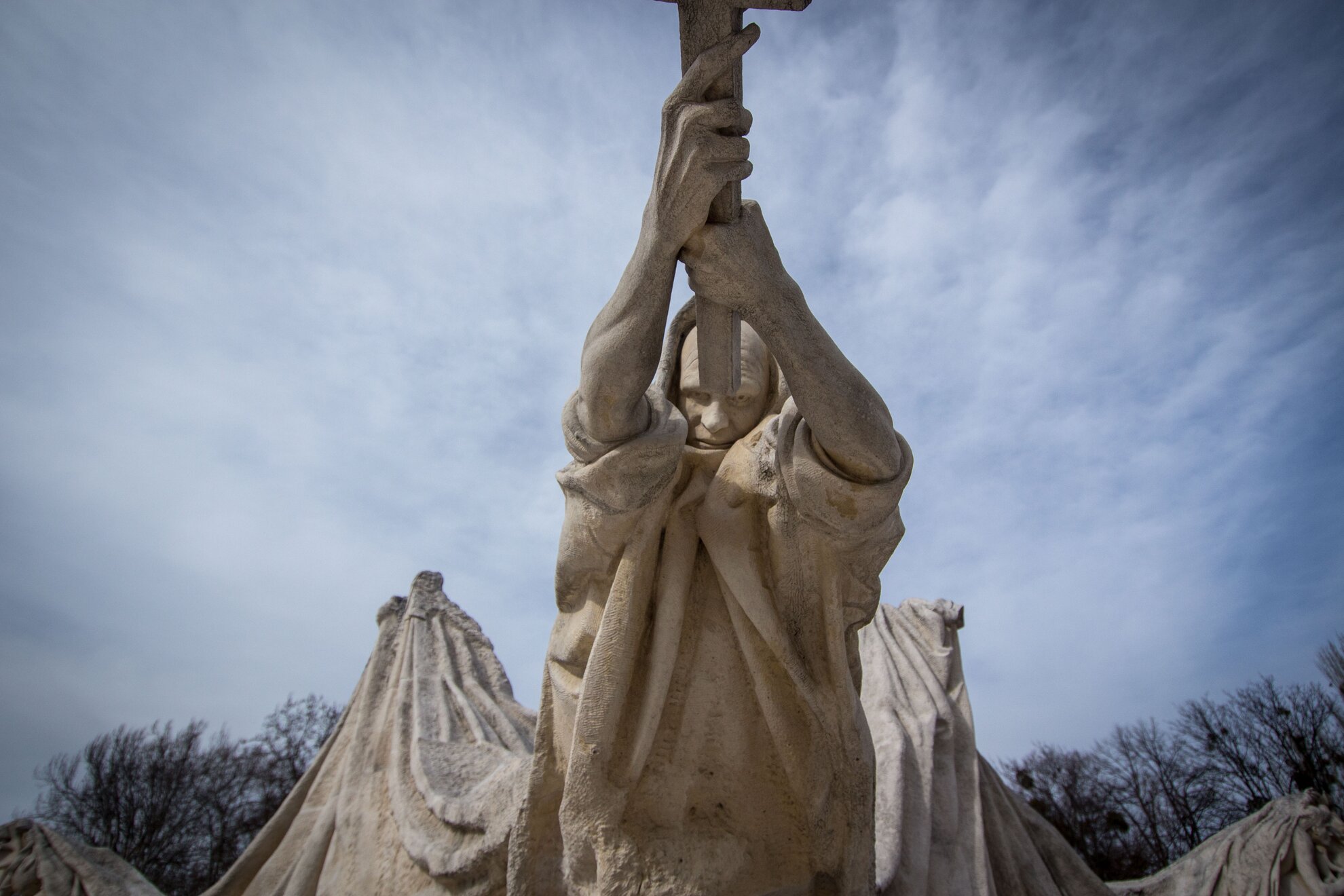
József Antall was the first democratically elected prime minister of Hungary. His tomb at Kerepesi was created by Miklós Melocco.
Batthyány Mausoleum
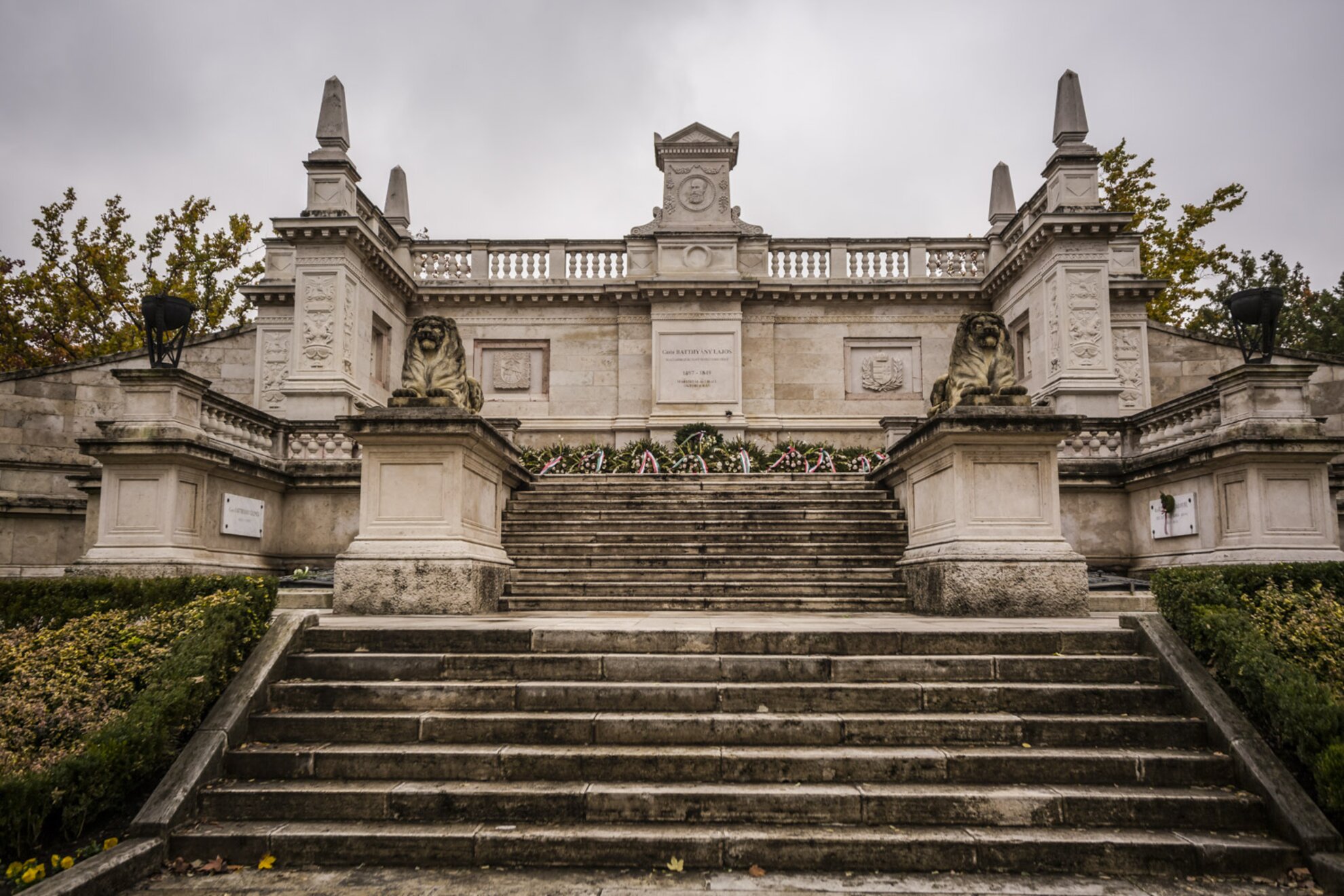
A wide set of steps leads up to this impressive, dominating mausoleum, the tomb of Count Lajos Batthyány, the first prime minister of Hungary. Political turmoil led him to resign his position, and in 1849 while travelling through Pest, he was seized and charged with treason. He was executed by firing squad – his eternal flame still stands at the spot near Szabadság tér. HIs mausoleum in Kerepesi was designed by the same architect of Heroes' Square and the Millennial Monument, Albert Schickedanz.
Ferenc Deák Mausoleum

Right in the heart of the cemetery is the Ferenc Deák Mausoleum, honouring the famous Hungarian statesman and Minister of Justice. He was known as 'The Wise Man of the Nation', and the 'Wise Man of Kerepesi' stands on the roof of the tomb. The mausoleum and ornaments were severely damaged during World War II, with only the base remaining. The renovated mausoleum was reopened in 2004.
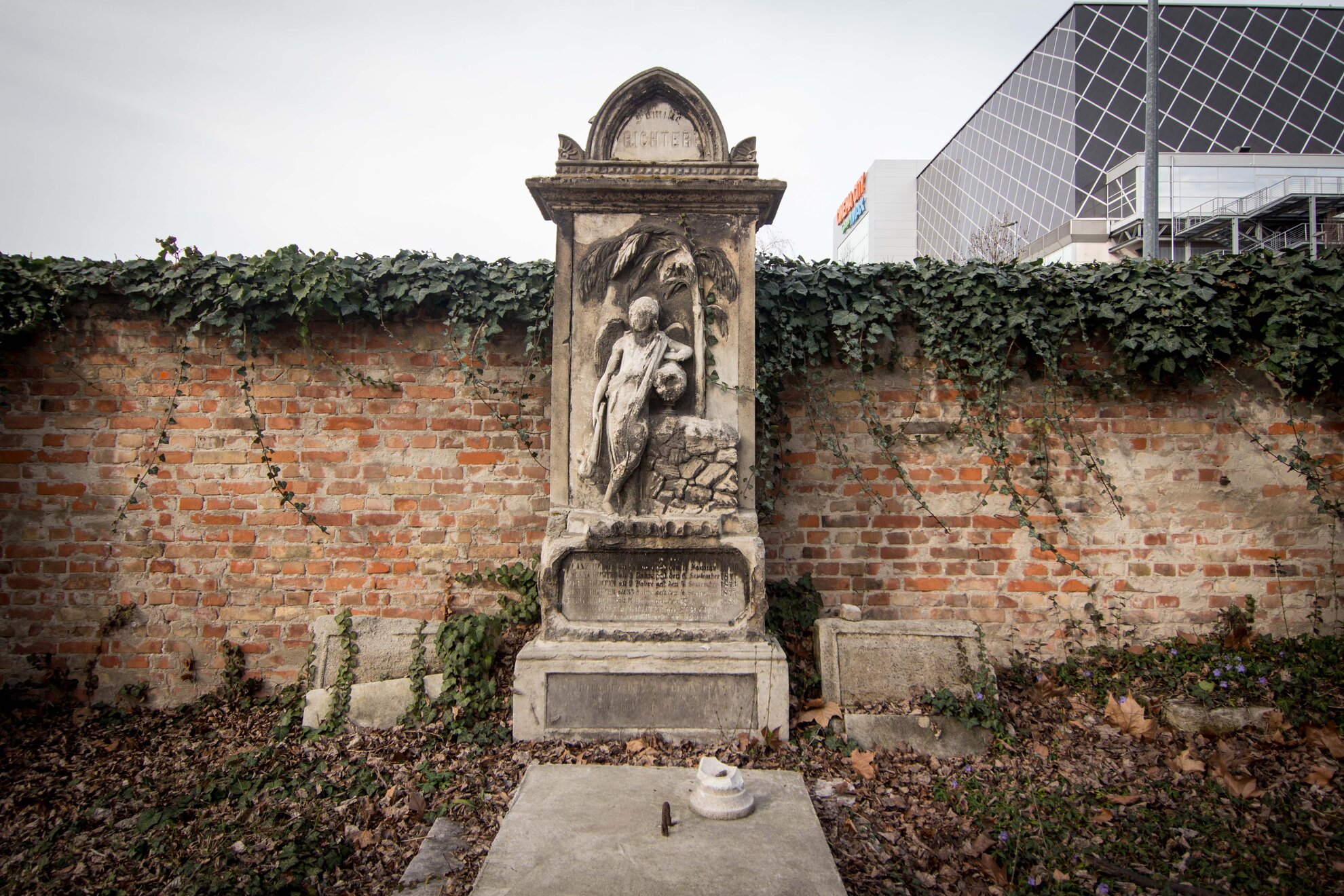
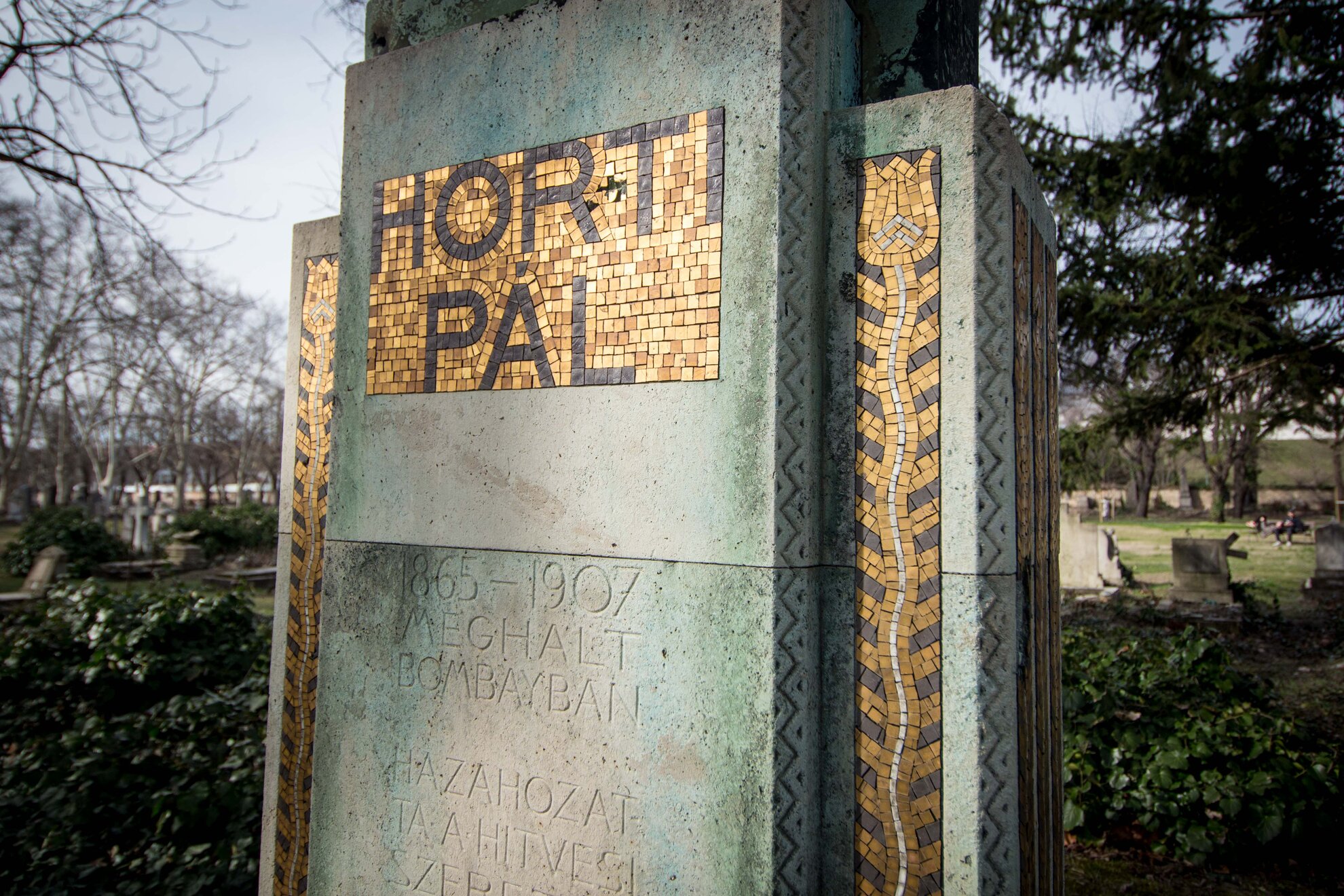
1956, Artists’ Plot and Soviet soldiers
Fifty of those who died during the 1956 Revolution are buried at Kerepesi. The graves are indiscriminate – insurgents lie next to members of the militia. Another interesting point is the Artists’ Plot, which honours the great thinkers and creators who died between the two world wars. Finally, it is estimated that 140,000 to 200,000 Soviet troops died on the territory of Hungary during World War II, and a number can be found here at Kerepesi. This number was originally believed to be 7,280, but archive data which has recently come to light suggests the true figure may be around 4,000 more.
